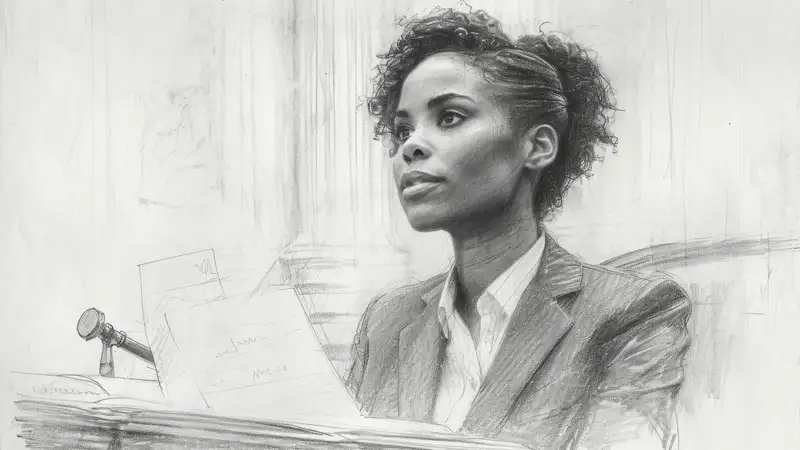
Sketch:7iqr8gn_ipa= Art”sketch:7iqr8gn_ipa= art”
Sketching stands as one of the most fundamental forms of visual art. Artists use it as a versatile tool for expression, exploration, “sketch:7iqr8gn_ipa= art”and communication. The act of sketching captures ideas quickly and conveys them effectively. Sketch:7iqr8gn_ipa= art brings a fresh perspective to this ancient practice, merging traditional techniques with modern concepts to create unique, compelling artwork.
The Essence of Sketching
Sketching provides the foundation for all visual art forms. Artists employ it to plan paintings, sculptures, and other creative projects. This technique allows artists to explore different ideas without committing to a final product. Sketching uses minimal materials—often just a pencil and paper—making it an accessible and essential skill for any artist.
Historical Context of Sketching
Throughout history, artists have relied on sketching as a core practice. Leonardo da Vinci, Michelangelo, and Rembrandt, among others, left behind countless sketches that offer insight into their”sketch:7iqr8gn_ipa= art” creative processes. These preliminary drawings reveal the evolution of their masterpieces, showing how they developed their ideas and refined their techniques.
Modern Interpretations: Sketch:7iqr8gn_ipa= Art
Sketch:7iqr8gn_ipa= art represents a contemporary interpretation of traditional sketching. This approach blends digital and analog methods, utilizing technology to expand the possibilities of sketching. Artists can now integrate digital tools like tablets and styluses with traditional media, creating a hybrid form of art that leverages the strengths of both worlds.
Tools and Techniques
Artists use various tools and techniques in Sketch:7iqr8gn_ipa= art. Traditional materials like pencils, charcoal, and ink still play a crucial role. However, artists also incorporate digital tools, such as drawing tablets and software like Adobe Photoshop or Procreate. These tools offer new ways to manipulate and enhance sketches, providing more control and flexibility.
The Creative Process
The creative process in Sketch:7iqr8gn_ipa= art often begins with traditional sketching. Artists start with rough pencil drawings, focusing on capturing the essence of their subject. This initial stage involves quick, loose lines that outline basic shapes and forms. The goal at this stage is to explore ideas and establish a composition.
Once satisfied with the initial sketch, artists may scan their work into a digital format. They use drawing software to refine and develop their sketches further. This step allows for greater precision and the ability to experiment with different techniques and effects. Artists can easily undo mistakes, adjust proportions, and add layers of detail.
Integrating Technology
Technology plays a pivotal role in Sketch:7iqr8gn_ipa= art. Digital tools offer numerous advantages, such as the ability to save multiple versions, experiment with colors and textures, and use layers to separate different elements. These features make the creative process more efficient and versatile.
Drawing tablets, like Wacom or iPad Pro with Apple Pencil, provide a natural drawing experience. These devices mimic the feel of traditional sketching while offering the benefits of digital technology. Artists can switch between different brushes and tools with ease, creating intricate and detailed works of art.
Exploring New Avenues
Sketch:7iqr8gn_ipa= art encourages artists to explore”sketch:7iqr8gn_ipa= art” new avenues of creativity. The blend of traditional and digital techniques opens up endless possibilities. Artists can experiment with different styles, from realistic to abstract, and combine various elements to create unique compositions.
This approach also allows artists to collaborate more effectively. Digital sketches can easily be shared and edited, facilitating teamwork and creative exchange. Artists can work on the same project from different locations, combining their skills and perspectives to produce innovative artwork.
Case Studies: Artists Embracing Sketch:7iqr8gn_ipa= Art
Several contemporary artists exemplify the principles of Sketch:7iqr8gn_ipa= art. These artists use a combination of traditional and digital techniques to create stunning works that push the boundaries of sketching.
1. James Jean
James Jean, a Taiwanese-American visual artist, seamlessly blends traditional sketching with digital enhancement. His work often features intricate line work and vivid colors, combining pencil sketches with digital painting. Jean’s ability to merge these mediums results in dynamic and visually striking compositions.
2. Kim Jung Gi
South Korean artist Kim Jung Gi gained recognition for his incredible freehand sketches. He often works without preliminary guidelines, creating complex and detailed scenes directly from his imagination. While he primarily uses traditional tools like pens and ink, Kim also incorporates digital elements to enhance and refine his work.
3. Loish (Lois van Baarle)
Dutch artist Loish, known for her expressive character designs, uses a mix of traditional “sketch:7iqr8gn_ipa= art”and digital techniques. She often begins with pencil sketches and then scans them into her computer. Using software like Adobe Photoshop, Loish adds color and texture, bringing her characters to life with a unique blend of organic and digital elements.
The Future of Sketching
Sketch:7iqr8gn_ipa= art represents the future of sketching, bridging the gap between traditional methods and modern technology. As digital tools continue to evolve, artists will find new ways to incorporate them into their creative processes. The fusion of these approaches will lead to even more innovative and diverse forms of art.
Educational Implications
Art education can benefit significantly from Sketch:7iqr8gn_ipa= art. By teaching students both traditional and digital techniques, educators can equip them with a comprehensive skill set. This approach prepares aspiring artists for the modern art world, where versatility and adaptability are crucial.
Conclusion
Sketch:7iqr8gn_ipa= art embodies the evolution of sketching, merging the time-honored practices of traditional art with the innovative possibilities of digital technology. This approach allows artists to expand their “sketch:7iqr8gn_ipa= art”creative horizons, producing work that is both technically skilled and deeply expressive. As artists continue to explore and develop these methods, Sketch:7iqr8gn_ipa= art will undoubtedly shape the future of visual art, inspiring new generations of creators. See More
